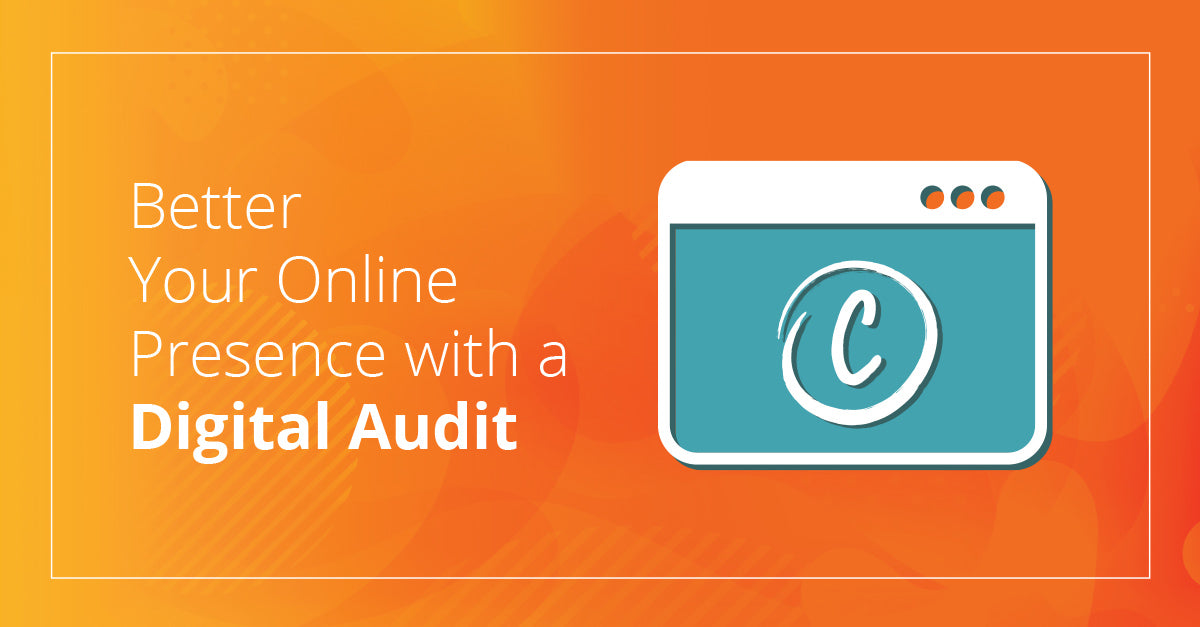
We preach e-commerce to dealers in the imaging industry because we’ve seen it lead to success for our clients. The owner of our company, Norman McConkey, is an industry veteran and has dedicated his life’s work to building software that makes things easier for people selling imaging technology and supplies.
We know that people want to buy stuff online. So, you can understand the big push for e-commerce.
It’s been great seeing dealers move their businesses towards a digitally transformed model. It’s even more exciting seeing them embrace the online world and begin their digital marketing journey!
We always say, “Just because you build it, doesn’t mean they’ll come!” You can design and build the best e-commerce site, but without implementing at least some basic digital marketing efforts, people aren’t going to magically arrive on your site and start buying.
The good news is that digital marketing is measurable. You can see your return on investment (ROI) and make informed decisions. It’s also easy to analyze your data and update your campaigns accordingly to make sure you get the best results.
Two buzzwords you might have heard about are “SEO” and “SEM”. The problem is that many decision-makers don’t fully understand the differences between the two. This is something you should research so that you can build a cohesive strategy.
What’s the Difference Between SEO and SEM?
-
SEO (search engine optimization) is about getting organic traffic to your site.
- SEM (search engine marketing) is about getting traffic to your site from both organic and paid search results.
Search engines like Google divide their search results into organic and paid.

When you optimize your website to rank higher organically, you’re implementing SEO practices.
SEM is when you’re running pay-per-click (PPC) ads and pursuing SEO efforts in order to get traffic from search results.
In other words, SEM is a combination of paid and organic strategies, while SEO is only focused on organic results.
Now let’s dig a little deeper into each one.
What You Need to Know About SEO
Ever hear about SERPs (search engine results pages)? SEO is the ongoing process of optimizing a website to rank in the organic (not paid) SERPs.
There are four main categories you need to keep in mind when pursuing any SEO efforts.
1. On-Page SEO
This includes a lot of research. You need to find what your target audience is searching for in order to find products or services related to what you offer. Then use this knowledge to include keywords in key areas on your website.
2. Off-Page SEO
This is where authority building becomes important. In order to gain trust and “authority,” you need to get quality backlinks to your site. This means acquiring links from reputable sites back to yours.
3. Technical SEO
Is Google able to crawl and index your website? Make sure they can crawl and index any page you want to rank for. Other key factors include site speed and the structure of your site (a.k.a “site architecture”).
4. User Interaction Signals
Search engines track to see how users interact with your site in order to deliver the best user experience possible. If your website has a high bounce rate (a high percentage of people that land on your website pages and leave), search engines aren’t going to show your site on the first page. This can negatively impact your site ranking, so we recommend checking your Google Analytics to see where you’re tracking.
We’ve previously given a breakdown of simple steps you can take to improve your SEO. You can read more on that here.
What You Need to Know About SEM
SEM does include SEO efforts! If you’ve skipped the overview of SEO, we recommend that you take a look at that as well.
Another big part of SEM is Pay Per Click ads. There are a few factors to consider:
-
Bidding: With paid search ads, you need to bid on specific keywords so that your ad appears when users search for that keyword.
-
Ad Copy: Spend time creating quality content that will deliver results. Your ad copy should be compelling! You want a high CTR (click-through rate) to generate more leads, so don’t breeze over this step. Spend the time creating copy that’s impactful.
- KPI Tracking: You should be spending a lot of time in the “ad groups” and “account management” sections of Google ads. Especially if you’re new to this. Create a KPI (key performance indicator) tracking sheet and take the time to write down your stats on a bi-weekly basis. Later, analyze your results to see what is working and what is not. Then adjust your ad copy and bidding strategy accordingly.
By now, we’re sure that everyone’s asking the same question…
How long will it take me to see results with SEO and SEM?
As you can imagine, building authority takes time. SEO is time-consuming work. And it can take even longer if your site is new. “According to 82% of experts surveyed, SEO takes 6 months to show an increase in traffic on average, while the full results of good SEO strategies are visible after 12 – 24 months.” (Morningscore, 2022).

While SEO may not cost you money, it does cost you time. It’s important work though, and we can assure you that the ROI will be worth it in the long run.
With SEM, if you begin running PPC campaigns, you’ll start to see results quickly. The ROI is fast and satisfying. It’s something we recommend to our clients if they’re looking for leads while we work simultaneously on optimizing their site organically.
Should I Focus on SEO or SEM?
Industry experts all have different opinions on this. We’ll keep it simple though. If you have the budget to run PPC ads, you should.
Note: it is important to have a consistent budget in order to do this well. For example, many of our clients will have a monthly budget of $1,000 to $2,000, and that gives us a lot of room to test and adjust their ads as needed.
If you’re feeling overwhelmed by all of this information, don’t feel bad. It’s a lot to take in and think about!
MPSToolbox has experience creating strategic plans and campaigns for dealers in the imaging industry and we’re happy to walk you through this process. We can also do this marketing for you! Either way, reach out today. We’d love to hear about your business goals.
Leave a comment (all fields required)
Comments will be approved before showing up.


